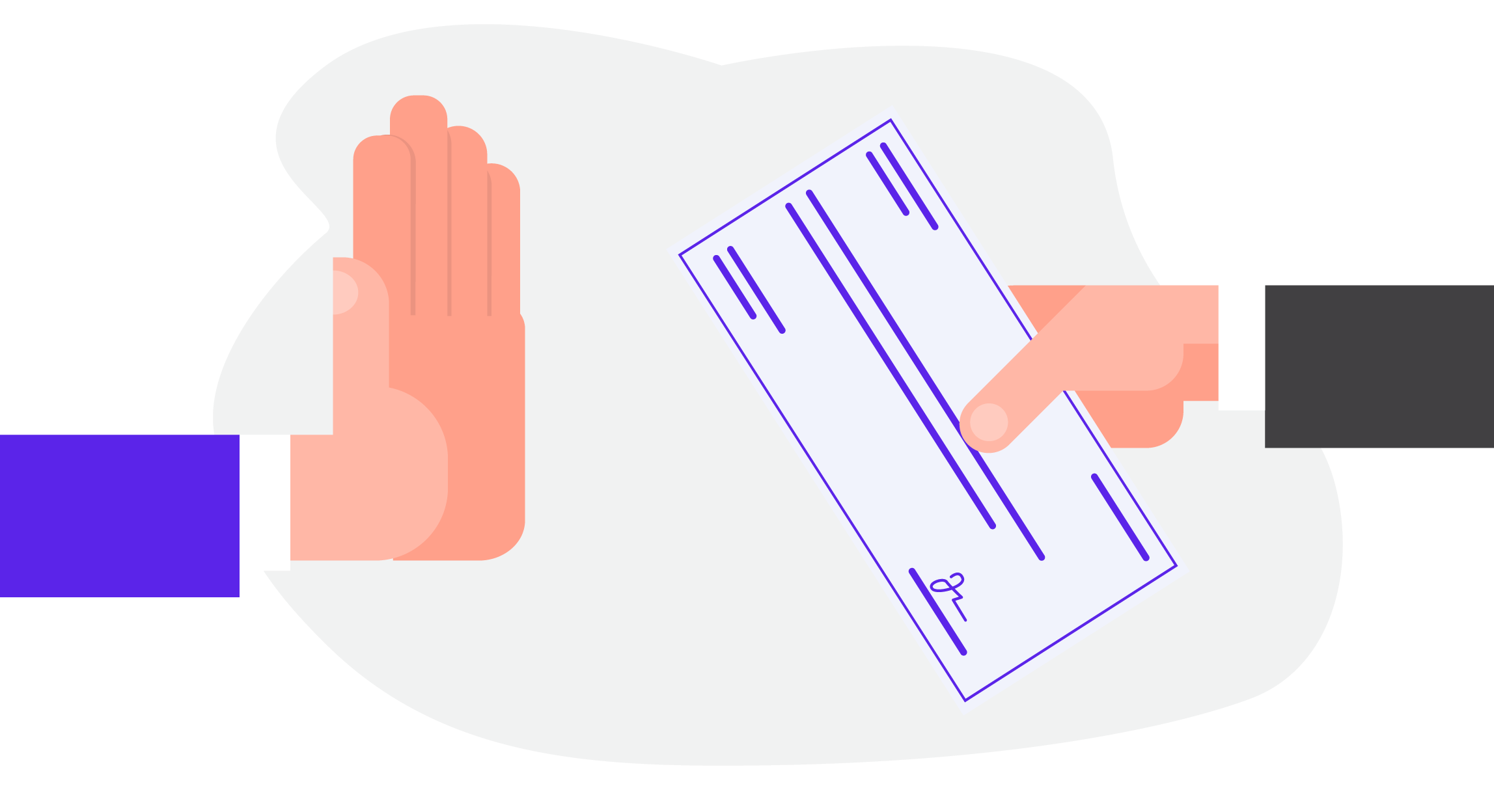Prevent Your Checks from Being Rejected

Having a check returned because a bank refuses to honor it is bad business. The fees for returned checks are high, as is the potential embarrassment in the business community among the colleagues, clients, and suppliers with whom you routinely conduct business. The main reason banks refuse to cash checks is due to insufficient funds, but checks can be rejected for other reasons, too, including unreadable or invalid account and routing numbers, improper formatting, a missing or invalid signature, or the elapse of too much time since the printed date.
The recipe for a perfect check
Even if your account has sufficient funds to cover your checks, banks will reject a check that is not formatted with the required information. To guarantee your checks are validated and cashed, make sure they contain the right ingredients.
Routing number
This number on the bottom of the check identifies the bank that will issue the money. The routing number should be printed on the last line in MICR encoded font so that it can be recognized by bank computers. Double-check that the routing number is the correct one for your bank and that your check-printing software prints it in MICR format.
Account number
Make sure your account number is positioned on the bottom line of the check after the routing number. Again, MICR is needed to be recognized by bank computers. Only use check-printing software that automatically formats your account number in MICR font. Printing the account and routing numbers in magnetic ink adds an extra layer of security to your checks.
Check number
The check number at the top of the check identifies each payment, minimizes fraud, and creates continuity in the bookkeeping. Each check number is unique to each transaction and will be necessary if you later need to record, trace, or cancel a check.
Contact information
When formatting your check for printing, remember to include the name and address of your business (and the logo, for better marketing), as well as the name and address of the bank holding your checking account.
Payment details
Check-printing templates should contain fillable fields in which you can type in the payment details; you should be able to drag or reposition these fields within the template according to your check stock preferences. Always include the date, as well as the full name of the payee and the amount to be paid. The dollar amount is indicated in both numerical format as well as in words. The memo, while optional, should be used to stipulate the purpose of the transaction and the service or invoice number to which the check corresponds. Filling out a short memo on your check-printing template will make the record-keeping more efficient and will give you another check element to search by, should you later need to locate this check in your payment history.
Signature
A valid signature is essential to the check-cashing process. If you keep your signature on file in your Checkeeper account, you can sign your checks electronically before printing by dragging-and-dropping the signature onto its designated line; if not, you can leave the signature line blank and hand-sign after printing.
Check-printing software reduces the possibility for formatting errors when creating your own business checks. Selecting the right check service—one that includes well-designed templates with all the security features required by banks—is vital. With Checkeeper, you can print your business check on an any paper or check stock you choose, and the templates offered show you exactly what fields to fill out and where to place them, allowing you to design and print a legitimate, bank-approved check every time.